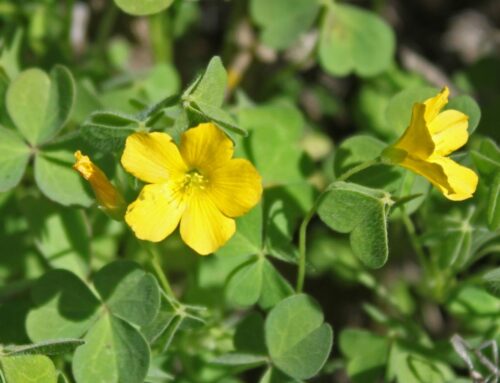In total there are about 300 accepted species of irises
By Sharon McCray

Sharon McCray
This month I invited my friends at the Clara B. Rees Iris Society to write about what I feel is a garden staple: iris. There are so many beautiful colors, diversity in varieties and practical tricks to success, I felt they were much more knowledgeable on this topic than I am. Special thanks to Mary Collins and Carol Dahout for this contribution.
“Spring has sprung, the grass has riz, I wonder where the flowers is?!” The answer to this age-old chant is that spring flowers are growing and blooming in gardens throughout the “Valley of Heart’s Delight.” Gone are the orchards of yesterday and the Grange halls where farmers met, but “Hello!” to the new horticulturists, garden clubs and plant societies where they gather today.
In earlier times, the iris flowers were popularly known as “flags” in reference to the category known as tall bearded iris. If the green, sword-like leaves of iris are already growing in your garden, you are in luck.
Spring is the time to apply a handful of fertilizer with three numbers alike, such as 10-10-10, to the root area of every iris plant and scratch the soil lightly so that spring rains can wash the fertilizer to the root area. If rainfall is lacking, water by hand or soaker hose, but avoid getting the leaves wet which could cause a disease called leaf spot.
Optimum growing conditions for bearded iris should include good drainage, a minimum of six hours of sun a day, and regular weeding. Iris grow and multiply by rhizomes that increase forming a round clump that needs to be dug and divided every two to three years. This should be done in late July or August. Detailed instructions for digging iris, with a step-by-step diagram, are available at www.cbris.org.
There are c, but a California native, called Pacific Coast Iris is another personal favorite.

In total there are about 300 accepted species, the majority of which are native to Europe and Asia. They are easy enough to grow and a little research will help you find the ones that you might best enjoy. There are clubs and garden groups with a great deal of knowledge and experience that are always willing to help those new to growing this perennial favorite. CBRIS has a rhizome sale every August at Yamagami’s Nursery in Cupertino. One particularly active Iris club is the Clara B. Rees Iris Society. Their members stay busy these days cultivating five different types of iris.
Sharon McCray is a California native living in Santa Clara County since 1959. She became certified as a University of California cooperative extension master gardener in 1992 and a UCCE master naturalist in 2015. She hosts a radio show on KKUP public radio and is now retired.







